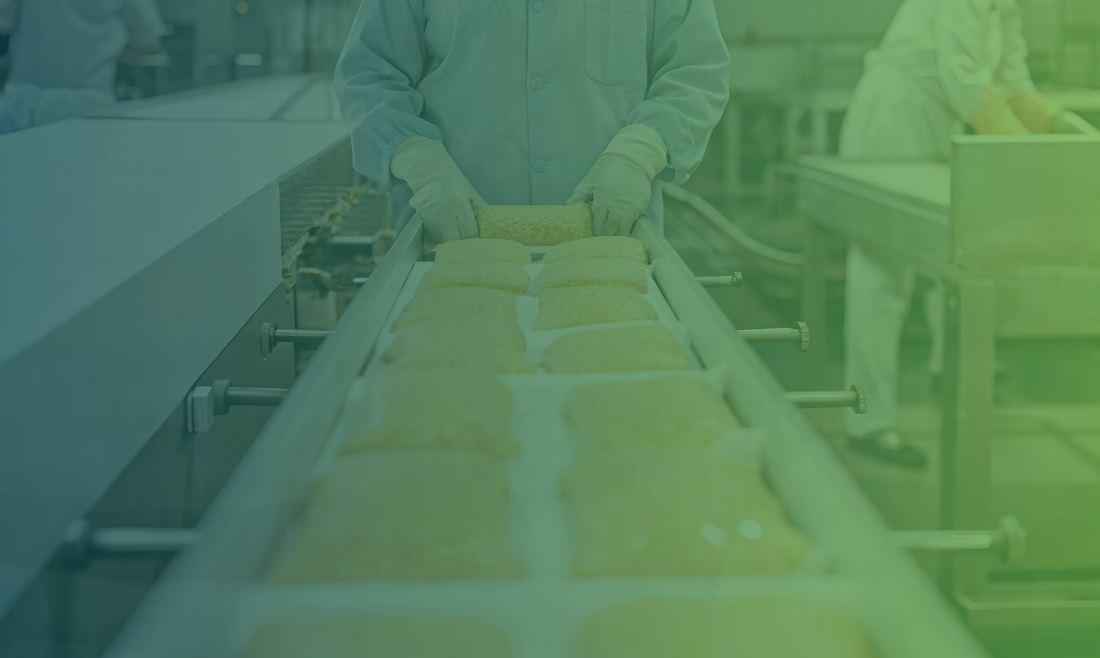Modified atmosphere packaging (MAP) is a keystone of modern food and beverage production. By carefully controlling the gases surrounding a product—most commonly nitrogen (N₂) and carbon dioxide (CO₂)—manufacturers can dramatically extend shelf life and preserve sensory qualities such as flavor, texture, and aroma. However, the benefits of MAP depend entirely on gas purity. Even trace impurities can compromise product integrity, safety, or compliance. This article explores how manufacturers validate packaging gas purity and the analytical tools they use to maintain consistent quality.
Why Gas Purity Matters
The protective atmospheres used in packaging are designed to suppress spoilage organisms and slow oxidative degradation. Yet, if oxygen or contaminants infiltrate the gas stream, those same mechanisms can accelerate deterioration instead. Residual oxygen promotes oxidation, leading to rancidity, color fading, and microbial growth. Similarly, impurities such as water vapor, hydrocarbons, or volatile organics can impart off-odors or tastes—subtly but noticeably altering the product experience.
From both regulatory and reputational perspectives, gas purity is non-negotiable. Food-grade gases must meet stringent composition and contaminant thresholds. Any deviation can result in product recalls, wasted materials, or damage to consumer trust. As a result, quality assurance teams place gas purity validation alongside microbial testing and packaging integrity checks as a critical control point.
Supplier Certification vs. On-Site Testing
The validation process begins long before the gas enters the production line. Most manufacturers source certified food-grade gases, such as nitrogen at ≥99.99% purity or CO₂ at ≥99.9%. Suppliers provide a certificate of analysis (COA) for each batch, confirming compliance with food safety and industry standards. However, leading producers recognize that documentation alone is not enough.
On-site testing adds an essential layer of verification. Many facilities routinely perform spot checks using oxygen analyzers to confirm nitrogen purity; lower O₂ readings correspond to higher N₂ purity. CO₂ supplies may also be tested for residual moisture or hydrocarbons, especially when the gas originates from recycled or fermentation sources. Samples are often sent to third-party laboratories for trace contaminant analysis when switching suppliers or introducing new gas cylinders. This hybrid approach—trust but verify—ensures continuous alignment between supplier guarantees and operational performance.
Inline Monitoring Tools
On the packaging line itself, real-time purity monitoring has become an indispensable part of quality control. Inline oxygen sensors in nitrogen-flushing systems continuously measure residual O₂ levels. If concentrations rise above predefined thresholds, automated alerts allow operators to intervene before compromised packages reach distribution.
For CO₂ systems, additional sensors track parameters such as moisture content and hydrocarbon concentration. Instruments like Fourier-transform infrared (FTIR) or gas chromatography (GC) analyzers can detect trace-level impurities such as benzene, sulfur compounds, or residual solvents—down to parts-per-billion (ppb) concentrations. This degree of precision helps ensure compliance with international food safety standards and prevents contamination-related off-flavors.
Many beverage and food producers also test the headspace of finished packages using portable gas analyzers. By measuring residual oxygen directly within sealed containers—typically targeting <0.5% O₂ for MAP—the process validates both the gas source and the integrity of the packaging operation. These combined tools create a closed-loop assurance system from gas tank to finished product.
Standards and Best Practices
To maintain consistency and compliance, manufacturers align their gas validation procedures with recognized industry standards. The International Society of Beverage Technologists (ISBT) defines specifications for beverage-grade CO₂, while the Compressed Gas Association (CGA) publishes purity and contaminant limits for a variety of food and industrial gases. These standards emphasize that food-grade gas must be “bone dry,” free from harmful levels of moisture, oils, or volatile compounds.
In practice, companies enforce these standards through strict standard operating procedures (SOPs). These may include:
- Routine purging of gas lines to prevent buildup or cross-contamination.
- Scheduled filter replacements and moisture trap maintenance.
- Regular audits of gas delivery systems and storage vessels.
- Documentation review for every COA and gas shipment.
- Periodic spot-check analysis by in-house or external labs.
This proactive, layered approach ensures that potential contamination points are identified and mitigated before they affect production quality.
The Broader Value of Gas Analysis Integration
Beyond compliance, gas purity validation strengthens overall operational resilience. Inline analysis systems reduce downtime, minimize waste, and prevent costly recalls. Moreover, data collected from sensors and analyzers can feed into plant management systems for trend analysis and predictive maintenance. Over time, this digital traceability supports continuous improvement initiatives and regulatory audits alike.
For producers transitioning to more sustainable or recycled gas sources, purity validation becomes even more crucial. Reclaimed CO₂ streams, for instance, may vary in composition depending on source and handling. Continuous verification safeguards both product safety and the credibility of sustainability claims.
Validate Gas Purity with Confidence
Validating gas purity at the point of packaging is one of the most important safeguards in food and beverage manufacturing. The logic is simple: what isn’t measured can’t be trusted. Combining supplier certification with on-site testing and inline monitoring ensures that every packaged product remains safe, stable, and true to its intended flavor and freshness profile.
ASTG’s comprehensive gas analysis platforms—from portable oxygen monitors to fully integrated CO₂ purity systems—give manufacturers the confidence to meet stringent quality standards with precision.
To learn how ASTG can help your operation maintain uncompromising gas quality, contact us today.

